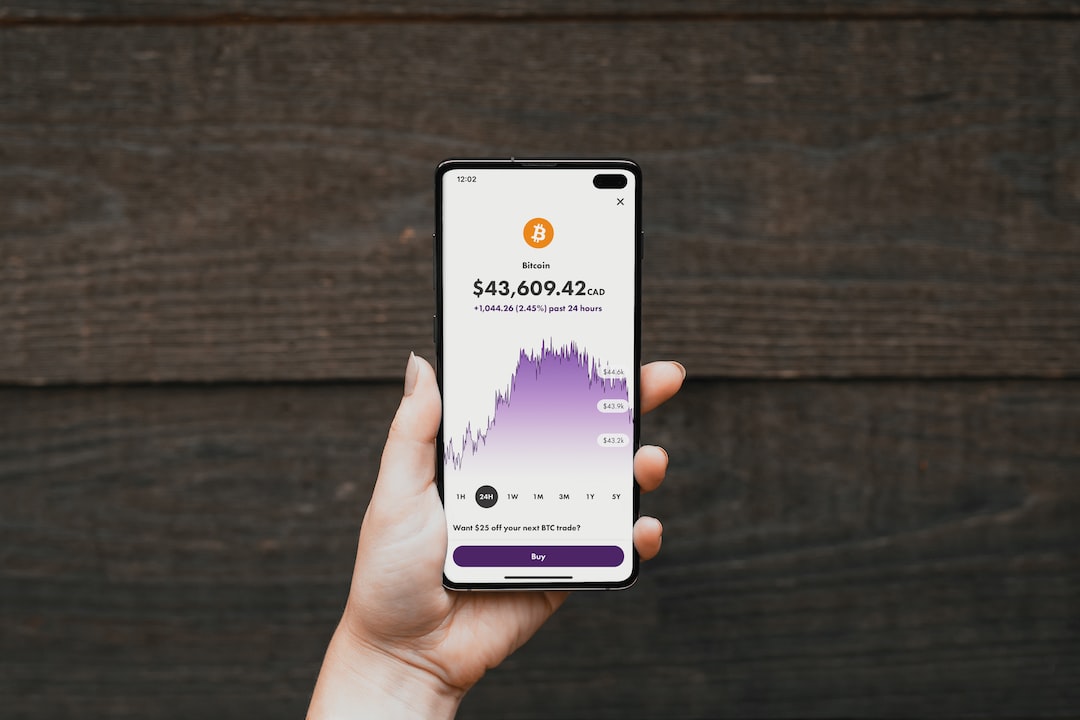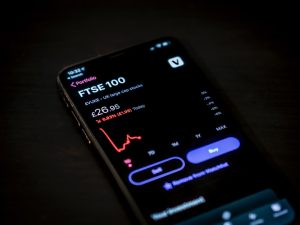Forex trading is a highly competitive and complex market that requires advanced technology to succeed. The right monitor size is one of the most important factors that professional forex traders consider when setting up their trading environment. In this article, we will discuss the ideal monitor size for professional forex traders and the benefits of using a larger monitor.
Firstly, it is important to note that there is no one-size-fits-all answer to this question. The monitor size that a professional forex trader uses will depend on their specific needs, preferences, and trading style. However, the general consensus among experienced traders is that a larger monitor size is better for forex trading.
The majority of professional forex traders use monitors that range from 24 to 32 inches in size. This is because a larger monitor provides more screen real estate, which allows traders to view multiple charts and indicators simultaneously. This is particularly useful for traders who use multiple time frames or trading strategies.
For example, a trader may have one chart displaying the daily time frame and another chart displaying the hourly time frame. They may also have several indicators open at the same time, such as moving averages, stochastic oscillators, and relative strength index (RSI). With a larger monitor, traders can easily view all of this information without having to constantly switch between windows.
Another benefit of using a larger monitor is that it reduces eye strain and fatigue. Forex traders spend long hours analyzing charts and monitoring price movements, which can be tiring on the eyes. A larger monitor reduces the need to strain the eyes to see small details, such as candlestick patterns or trend lines.
In addition, a larger monitor allows traders to see the bigger picture of the market. Forex traders need to be aware of the overall trend and market sentiment, as well as the price movements of individual currency pairs. A larger monitor provides a wider view of the market, which makes it easier to identify trends and patterns.
There are some drawbacks to using a larger monitor, however. The main disadvantage is that it can be more expensive than a smaller monitor. A 32-inch monitor can cost up to three times more than a 24-inch monitor. Additionally, a larger monitor may take up more desk space and be heavier, which can make it more difficult to move around.
Another consideration when choosing a monitor size is the resolution. The resolution refers to the number of pixels on the screen, which affects the clarity and sharpness of the images. A higher resolution provides more detail and makes it easier to read small text and charts. Most professional forex traders use monitors with a resolution of at least 1920×1080, which is also known as Full HD.
In conclusion, the ideal monitor size for professional forex traders is typically between 24 and 32 inches. A larger monitor provides more screen real estate, reduces eye strain and fatigue, and allows traders to see the bigger picture of the market. However, a larger monitor can be more expensive and take up more desk space. When choosing a monitor size, traders should also consider the resolution, which affects the clarity and sharpness of the images.






